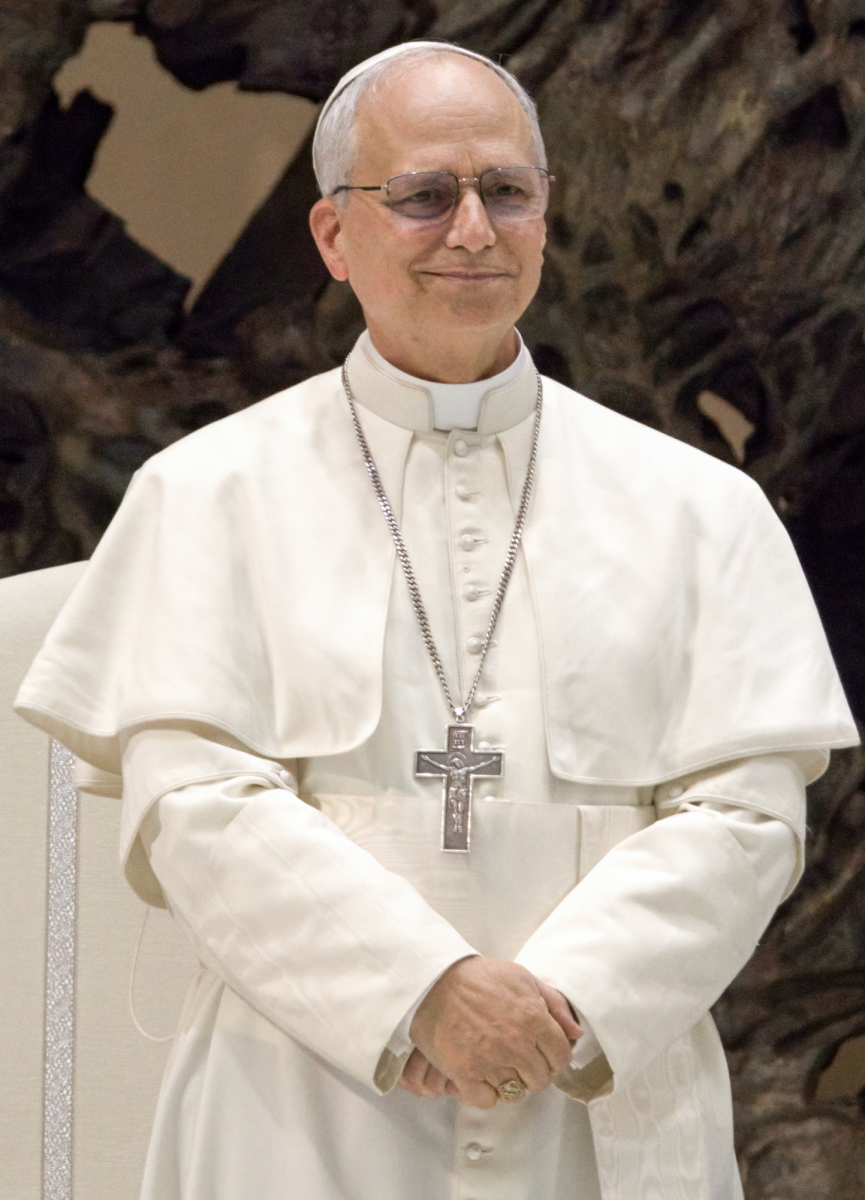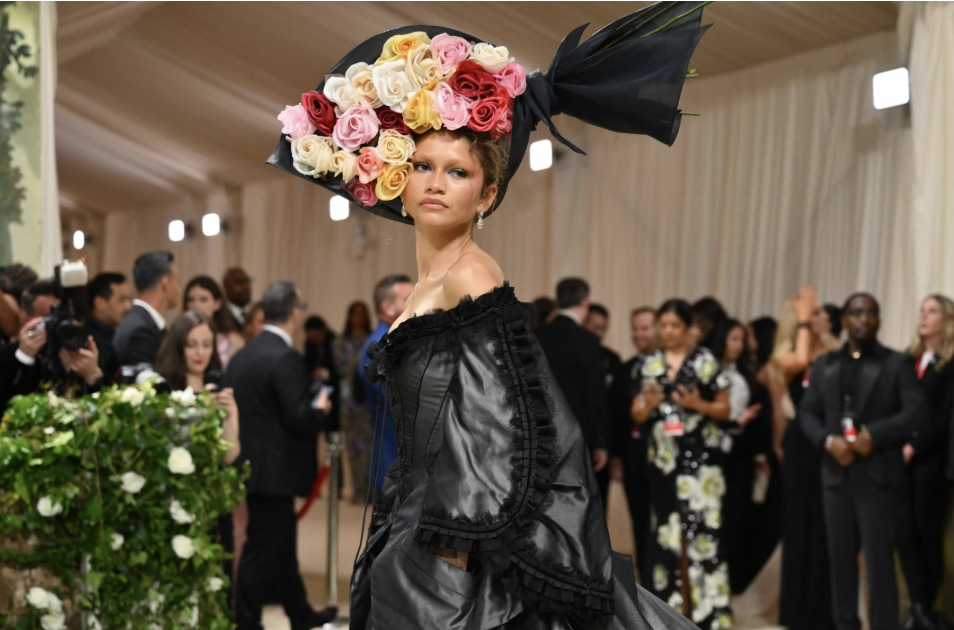In Memoriam: The Legacy Built by Ruth Bader Ginsburg
“Notorious RBG” Advanced the Couse of Women and the Underclass.
October 1, 2020
Long-serving Supreme Court Justice, Ruth Bader Ginsburg, died at the age of 87 after her battle with metastatic pancreatic cancer. In a statement, the Supreme Court said Ginsburg died in her home surrounded by family. “Our nation has lost a justice of historic stature,” Chief Justice John Roberts said. “We at the Supreme Court have lost a cherished colleague. Today we mourn but with confidence that future generations will remember Ruth Bader Ginsburg as we knew her, a tireless and resolute champion of justice.” President Donald Trump has also spoken on the matter saying, “She was a wonderful woman who led an amazing life.” Ginsburg will be remembered for her trailblazing votes on women’s rights, same-sex marriage, voting rights, immigration, health care, and affirmative action.
Ruth Bader Ginsburg was born in Brooklyn, New York. At an early age, she excelled at school and baton twirling. Ginsburg often regarded her mother as the driving force in her early life, but Celia Bader, Justice Ginsburg’s mother, died before her daughter’s high school graduation.
Ginsburg attended Cornell University on a full scholarship, where she met her husband Marty Ginsburg. After graduation and receiving high scores on her civil service exam, Ginsburg was only able to receive a job as a typist. This discrimination motivated her, and she went on to attend Harvard University Law School and later transferred to Columbia University Law School where she graduated a top her class. Despite her academic achievements, the doors to NYC law firms were closed to women, and though recommended for a Supreme Court clerkship, she was not even interviewed. It was bad enough that she was a woman, she recalled later, but she was also a mother, and male judges worried her attention would be diverted by her “familial obligations.”
Ruth Bader Ginsburg continued to persevere, feeling the weight of an entire nation of women who faced discrimination. Proving all her critics wrong, Ginsburg built an impressive career as a law professor, founding director of the Women’s Rights Project of the ACLU, and as a federal judge. Her work with the Women’s Rights Project in the 1970s had a far-reaching impact. She argued six landmark cases on gender equality before the U.S. Supreme Court, winning five of them, which eliminated legal barriers that held women back in the workplace and civic life. In addition, she advanced cases that would establish precedents for treating men and women equally under the law in such areas as jury duty requirements, Social Security and military spousal benefits, and even the legal drinking age.
Often regarded as the architect for the legal fight for women’s rights, Ginsburg served 27 years in the Supreme Court as the second-ever female justice. She was appointed to the Supreme Court in 1993 by former President Bill Clinton. Ginsburg defied stereotypes, though she looked tiny and frail, she rode horses well into her 70s and even went parasailing. She also forged the most unlikely of friendships with former justice Antonin Scalia. They shared a love of opera, went souvenir shopping together when they traveled, and rode an elephant together in India. Ginsburg said of Scalia “as annoyed as you might be about his zinging dissent, he’s so utterly charming, amusing, and sometimes outrageous, that you cannot help but say I’m glad he is my friend.” Ginsburg showed the world that politics should not come in the way of personal relationships.
Ginsburg served as the longest-tenured member of the liberal wing of the Supreme Court. Her record includes her legislation of the 7-1 court ruling that the Virginia Military Institute could no longer remain an all-male institution, support for abortion rights, and votes to end the death penalty for juvenile and mentally retarded criminals, just to name a few. Her legacy will live on as a women’s rights pioneer, “someone who pushed past the glass ceiling to fight for every woman”, according to New York Daily News. She is survived by her children, Jane C. Ginsburg and James S. Ginsburg, and several grandchildren.
The passing of Justice Ruth Bader Ginsburg has inevitably sparked controversy in the political world. Currently, the Supreme Court has eight active justices, three of which are left-leaning, and five of which are right-leaning. The appointment of the next Supreme Court Justice will almost certainly sway the political balance on the Court for the next decade or two. Consistent with executive power, Donald Trump’s appointment of the 7th Circuit Court of Appeals Judge Amy Coney Barrett to the Supreme Court, remains contingent on a Senate vote. Democrats, however, would prefer an appointment be delayed until after the upcoming election. All things considered, history will always remember Ruth Bader Ginsburg as an unstoppable force who transformed the law and defied social conventions.























